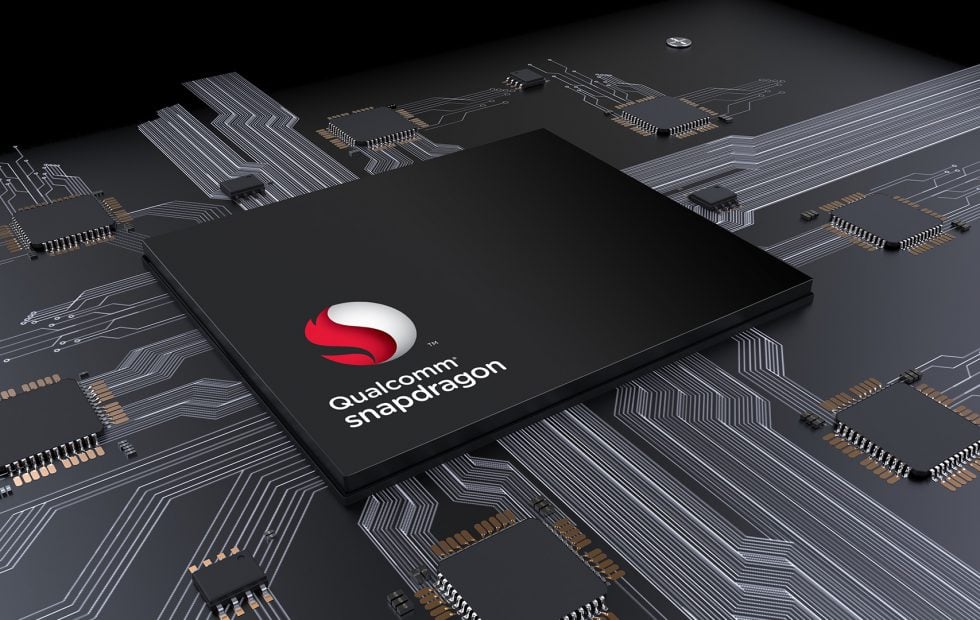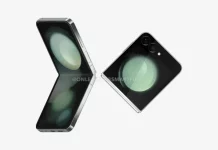According to Jimmy Goodrich, vice president of global policy at the Semiconductor Industry Association, a trade group based in Washington DC, “Semiconductors are arguably humanity’s greatest achievement to date. They’re still central to everything that’s modern or electronic, whether you’re driving a car, or surfing the internet, or using a supercomputer-everything is ultimately based on a semiconductor and lots of them.” If you think this assertion isn’t correct, ask Chinese firm ZTE which almost went bankrupt when the US government imposed a ban which prevented the company from using US technology. Even though the biggest challenge was the use of Google’s Android OS, the company would have lost out entirely because a flagship phone without Qualcomm’s latest chipset isn’t really one.
The semiconductor industry continues to post some gains as the market experiences boom. Preliminary results released by Gartner show that worldwide semiconductor revenues totalled US$476.7 billion in 2018 which is 13.4% higher than the revenue in 2017. The Memory chips solidified its ranking as the largest semiconductor category as it reportedly accounted for 34.8% of total semiconductor revenues, an increase of 31% from 2017’s revenue.
In terms of ranking, Samsung maintained its lead of the market and even increased the gap solidifying its position as the No. 1 vendor. Samsung’s impressive revenue is tied to the DRAM market, an analyst at Garner disclosed. He went on to state that despite building on the growth established in 2017, Samsung’s overall gains due to its memory chips accounted for half the 2017 growth rate.
Read Also: Samsung announces record profit for Q3 2018 despite a decline in smartphone sales YoY
Gartner’s report also reveals that the top-4 vendors in 2017 retained their ranking in 2018. This means Intel still remains the second largest semiconductor manufacturer. Intel’s semiconductor revenue is said to have grown by 12.2% compared with 2017, driven by a combination of unit and average selling price (ASP) growth. At the third position is SK Hynix, while Micron Technology is in the fourth position. Qualcomm moved from the fifth largest chipmaker in 2017 to the sixth position in 2018 while Broadcom moved a step up. The rest of the top 10 comprises Texas Instruments, Toshiba, Western Digital and NXP. However, Gartner projects the current rankings may see significant change this year due to expectations that memory market conditions will weaken in 2019 in the face of rising US/China tensions.
(source)







